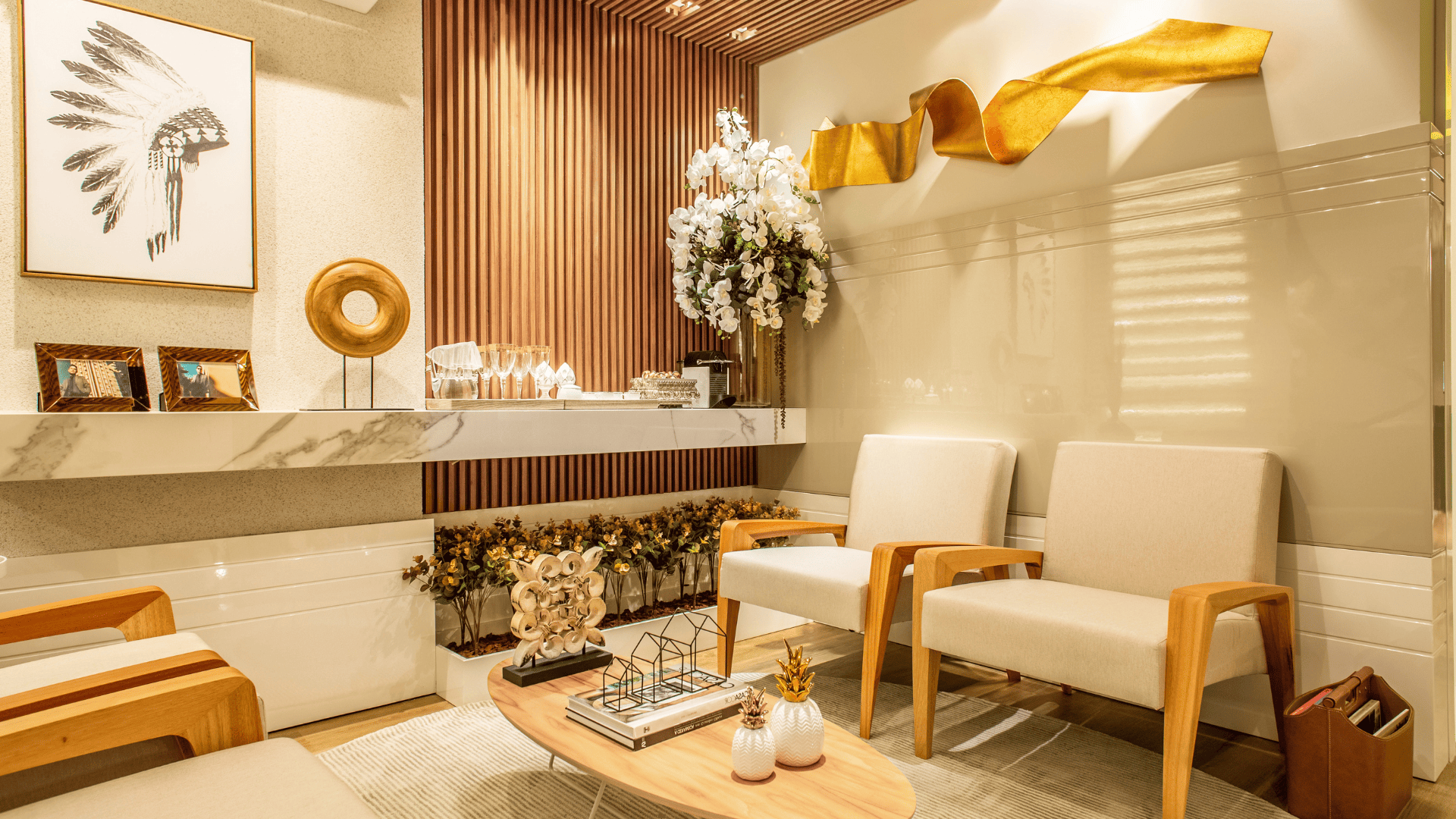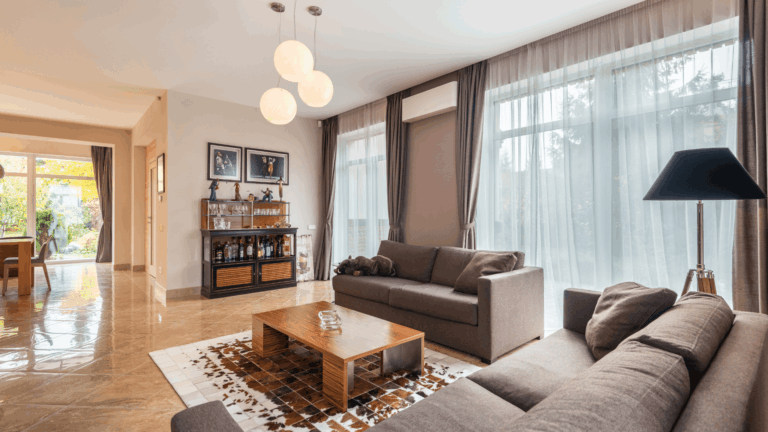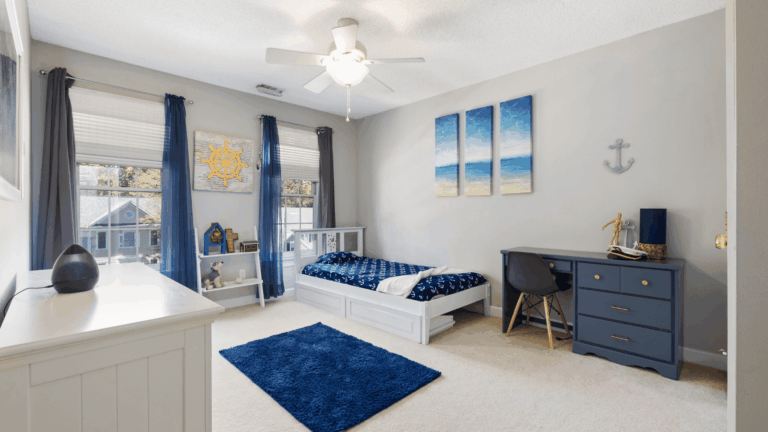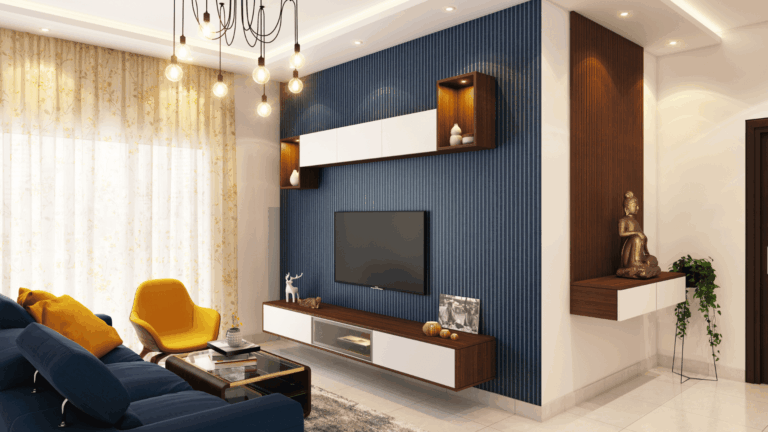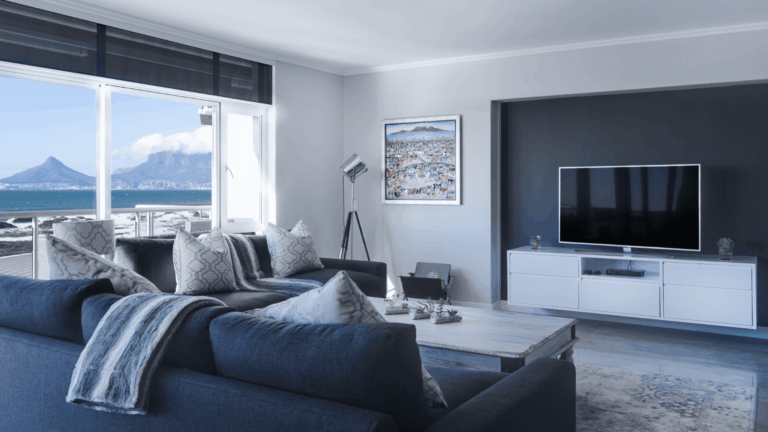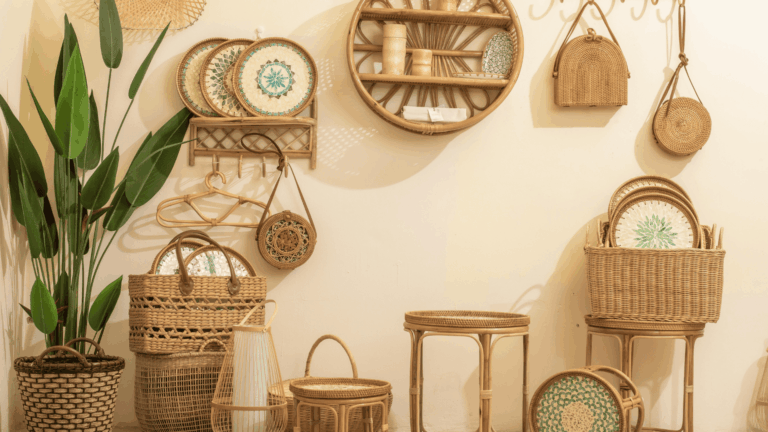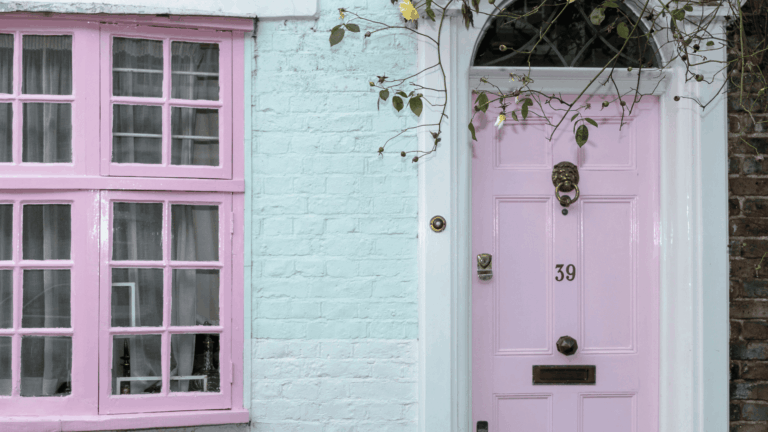Mid-century Modern Home Design: 15 Brilliant Ways to Elevate Your Living Space
Discover the beauty of Mid-century modern home design with 15 brilliant ways to elevate your living space. Learn its history, furniture, colors, lighting, and tips for timeless interiors.
Introduction to Mid-century Modern Home Design
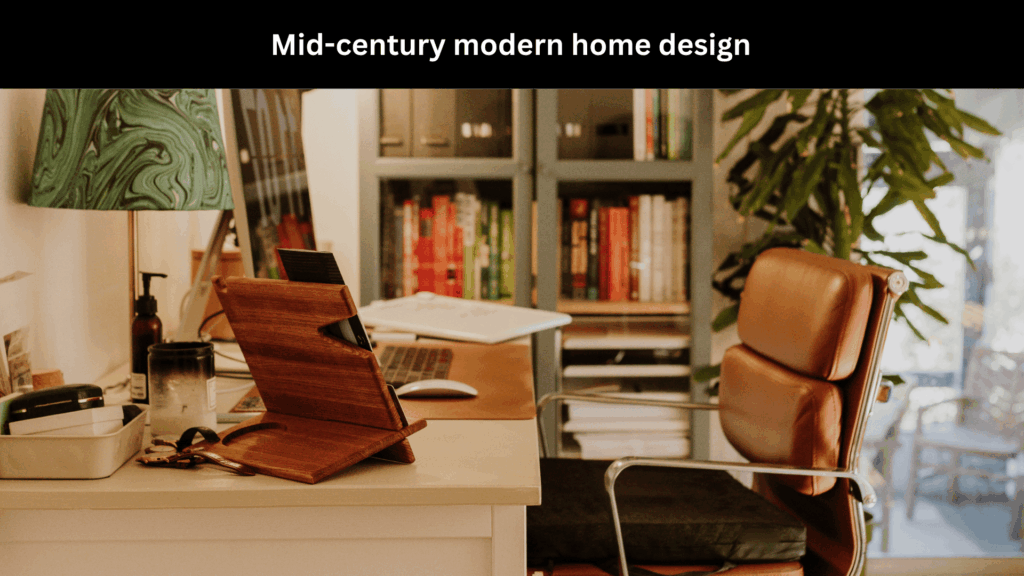
Mid-century modern home design is more than just a decorating style—it’s a way of living. With its clean lines, functional layouts, and timeless appeal, this design philosophy has stood the test of time since the 1940s. Today, it’s one of the most celebrated interior trends worldwide, often blending nostalgia with contemporary practicality.
The magic of mid-century modern lies in its simplicity. Rather than overwhelming spaces with clutter, it focuses on function, beauty, and harmony. Whether it’s a sleek Eames chair, a sun-filled living room, or the iconic flat-roofed homes of the 1950s, this design language continues to inspire architects, designers, and homeowners alike.
Origins and Historical Context of Mid-century Modern Style
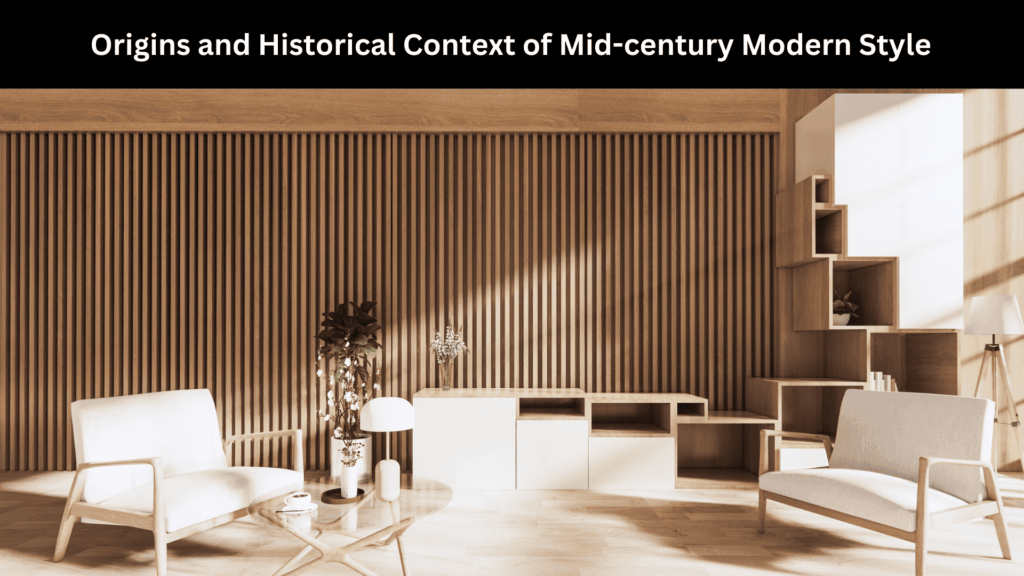
The roots of mid-century modern design trace back to the post-World War II era (roughly 1945–1970). With rapid urbanization and technological advancements, society craved homes that were stylish, affordable, and functional. The movement gained momentum in the U.S., heavily influenced by European Bauhaus design, which emphasized minimalism and function over ornamentation.
Architects like Richard Neutra, Eero Saarinen, and Ludwig Mies van der Rohe became pioneers, introducing open-plan living, geometric architecture, and a seamless connection to nature. These designs reflected optimism and innovation, symbolizing a new beginning in an era of progress.
Why Mid-century Modern Design Remains Popular Today
Despite being over 70 years old, mid-century modern home design hasn’t faded—it has evolved. Its popularity is rooted in:
- Timelessness: Its simplicity ensures it never looks outdated.
- Versatility: It blends easily with contemporary, Scandinavian, and even bohemian interiors.
- Functionality: Every piece has a purpose, avoiding waste and excess.
- Sustainability: Vintage furniture and natural materials align perfectly with eco-friendly living today.
For homeowners seeking style without sacrificing comfort, mid-century modern remains a top choice.
Key Characteristics of Mid-century Modern Interiors
Mid-century modern interiors are easy to recognize thanks to their distinct features:
Open Floor Plans and Functional Layouts
Spaces feel airy and interconnected, promoting a sense of freedom and flexibility.
Clean Lines and Minimal Ornamentation
Furniture and architecture avoid unnecessary decoration, emphasizing sleek and bold shapes.
Integration of Indoor and Outdoor Living
Large glass windows, sliding doors, and patios blur the line between nature and interiors.
Iconic Materials and Textures in Mid-century Modern Homes
Natural Wood Finishes and Veneers
Walnut, teak, and oak dominate furniture and cabinetry, lending warmth to interiors.
Glass, Concrete, and Steel Elements
These materials embody durability and give homes a strong architectural identity.
Organic Fabrics and Textiles
Wool, cotton, and leather were staples, creating comfort while maintaining elegance.
Color Palettes that Define the Mid-century Look
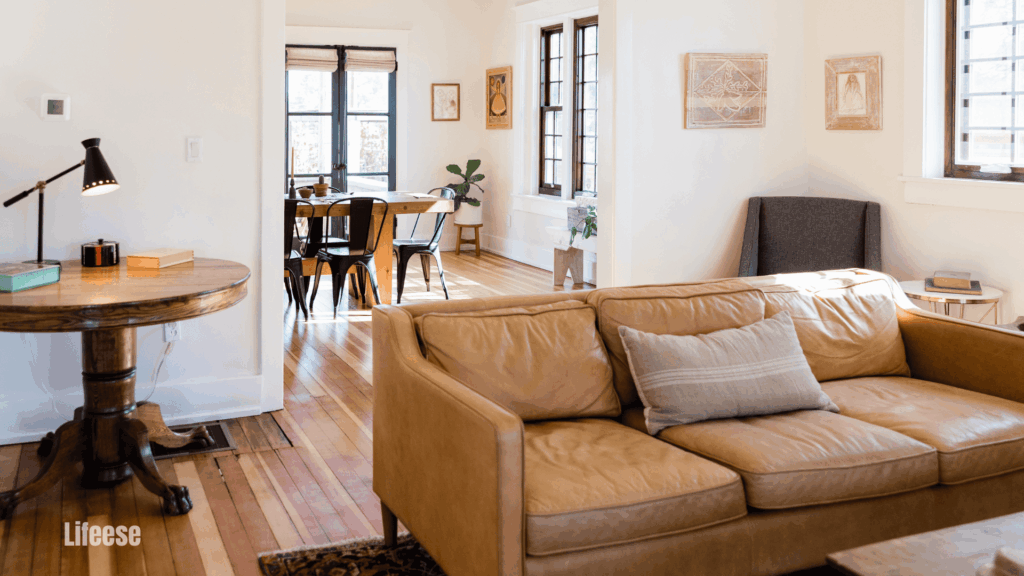
Earth Tones and Muted Shades
Olives, browns, and creams offer a soothing backdrop.
Bold Accent Colors for Contrast
Mustard yellow, turquoise, and burnt orange are often used sparingly for vibrancy.
Furniture in Mid-century Modern Home Design
Iconic Pieces: Eames, Noguchi, and Saarinen
The Eames lounge chair, Noguchi coffee table, and Saarinen tulip table are timeless investments.
Characteristics of Mid-century Modern Furniture
Low-profile silhouettes, tapered legs, and functional design define this style.
Mixing Vintage and Contemporary Pieces
Blending authentic vintage with modern reproductions keeps interiors fresh and approachable.
Lighting in Mid-century Modern Interiors
Pendant Lamps and Sputnik Chandeliers
These instantly recognizable designs add character and drama.
Floor Lamps and Task Lighting
Slim and angular lamps enhance functionality while complementing minimal aesthetics.
Natural Light Maximization
Skylights and expansive windows keep spaces bright and cheerful.
Architectural Elements of Mid-century Modern Homes
Flat Roofs and Geometric Forms
Clean architectural geometry defines the overall look.
Expansive Glass Windows and Sliding Doors
These allow natural light and strengthen the connection with nature.
Split-level Designs and Open Staircases
Innovative layouts make homes feel dynamic and functional.
Outdoor Spaces in Mid-century Modern Design
Courtyards, Patios, and Decks
Outdoor living areas are an extension of the home.
Landscaping for a Seamless Indoor-Outdoor Flow
Low-maintenance greenery, stone walkways, and water features create harmony.
Decor and Accessories for a Mid-century Modern Home
Artwork and Abstract Prints
Bold, geometric wall art defines mid-century walls.
Rugs, Cushions, and Retro Patterns
Geometric patterns and playful textures bring warmth to minimalist rooms.
Plants and Greenery for Natural Warmth
Indoor plants like monstera and fiddle-leaf figs tie interiors to nature.
Mid-century Modern Kitchen Design
Sleek Cabinetry and Integrated Storage
Streamlined, handle-less cabinets maximize space.
Retro-inspired Appliances
Pastel refrigerators and minimalist stoves add charm.
Functional Layout and Clean Surfaces
Clutter-free countertops maintain the essence of simplicity.
Mid-century Modern Bedroom Inspiration
Statement Headboards and Furniture
Platform beds with wooden headboards serve as focal points.
Neutral Tones with Bold Accents
Soft shades paired with accent pillows or lamps bring balance.
Minimal yet Comfortable Ambiance
Simplicity ensures a calming, restful retreat.
Mid-century Modern Bathroom Elements
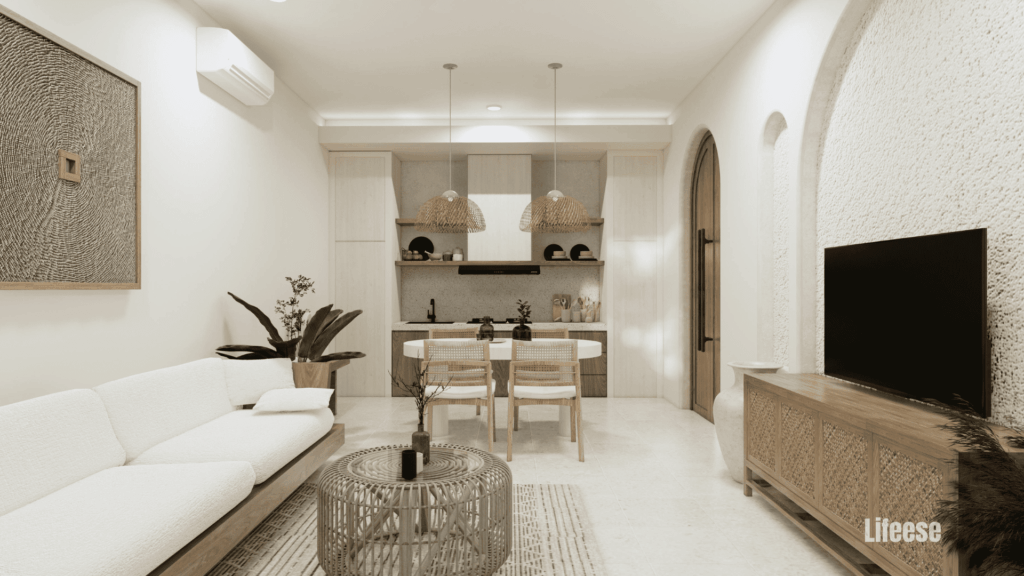
Floating Vanities and Clean Fixtures
Minimalist vanities keep the bathroom spacious.
Geometric Tiles and Glass Features
Retro-inspired patterns add subtle style.
Spa-inspired Simplicity
The bathroom serves as a serene retreat, emphasizing relaxation.
Sustainability and Modern Adaptations
Eco-friendly Materials in Mid-century Homes
Reclaimed wood, recycled glass, and low-VOC paints reflect modern values.
Blending Vintage with Contemporary Trends
Homeowners often mix mid-century classics with sustainable innovations.
Common Mistakes to Avoid in Mid-century Modern Design
Overcrowding with Accessories
Minimalism is key—avoid cluttering spaces.
Choosing Incompatible Furniture Styles
Stay true to sleek lines rather than mixing overly ornate pieces.
Ignoring Natural Light
Blocking windows with heavy drapes undermines the essence of this design.
Budget-friendly Ways to Achieve the Mid-century Look
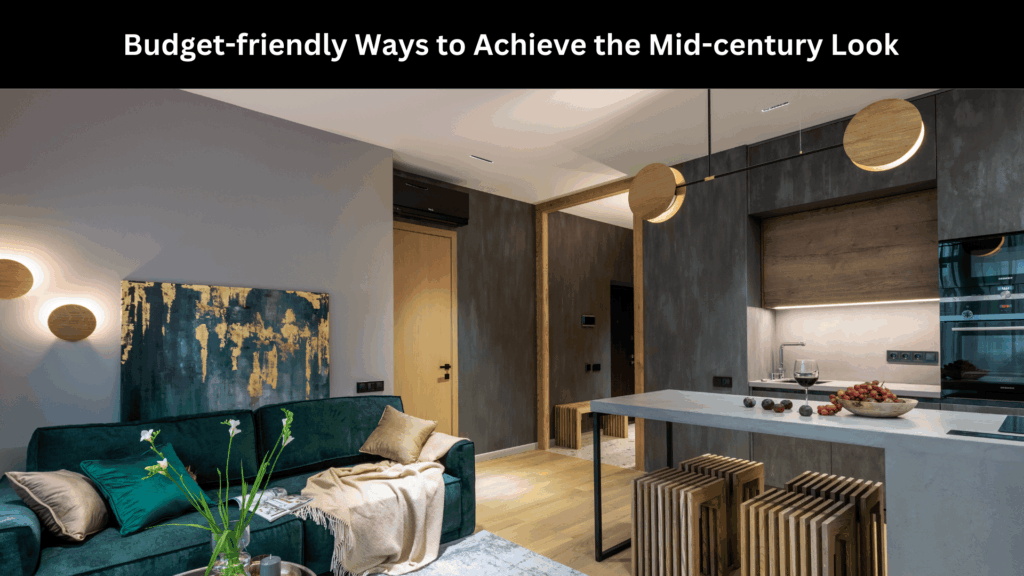
Affordable Furniture Replicas
Many brands now offer cost-effective versions of iconic pieces.
DIY Projects and Thrift Store Finds
Restoring second-hand furniture gives personality and authenticity.
FAQs
What defines mid-century modern home design?
It’s defined by clean lines, functionality, organic materials, and a seamless indoor-outdoor connection.
Can I mix mid-century modern with other styles?
Yes, it pairs well with Scandinavian, industrial, and bohemian aesthetics.
What are must-have furniture pieces?
The Eames lounge chair, Noguchi coffee table, and tulip dining table are essentials.
Is mid-century modern expensive to achieve?
Not necessarily—thrift stores and replicas make it accessible.
What colors work best in this style?
Earthy neutrals with pops of mustard, teal, or orange.
Is mid-century modern suitable for small apartments?
Absolutely—its minimalism and multi-functional furniture are perfect for compact spaces.
Conclusion
Mid-century modern home design is more than a trend—it’s a lifestyle that champions simplicity, elegance, and functionality. Whether you’re revamping a single room or building your dream home, this timeless style offers flexibility, sustainability, and beauty that few others can match. By embracing its principles, you can create a home that feels both nostalgic and forward-thinking, rooted in history yet ready for the future.
